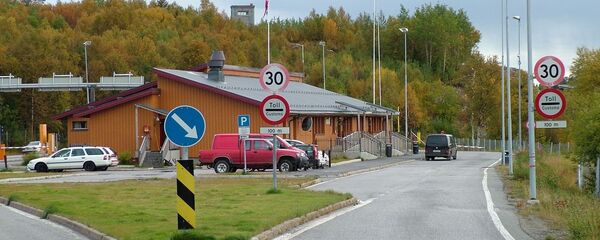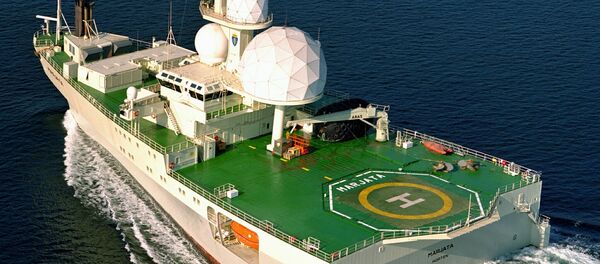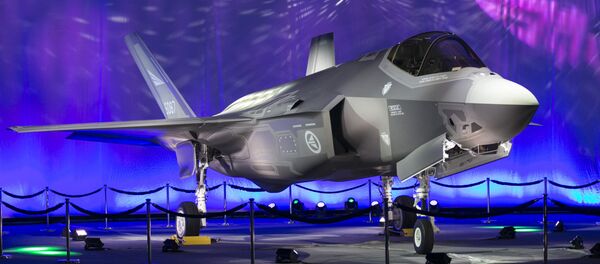Perhaps the most drastic changes are in store for the Norwegian Navy, which traditionally has been a pillar of defense in the oblong Nordic country, which enjoys some of the world's longest coastlines riddled with trademark fjords. Today's five frigates will get larger crews, which enhances operational possibilities. On the other hands, six torpedo boats will be gradually phased out as the controversial F-35 fighter jets, projected to become the cornerstone of the Norwegian defense, become fully operational.
In terms of pure battleships, Norway's future Navy will consist of five surface vessels and four submarines. Although the number of subs will be reduced as well (from six to four), they will get larger crews to enable almost continuous use. Additionally, the Coastal Ranger Command will not only be retained, but its base in Harstad will be reinforced.
Første F-35-skvadron i det amerikanske luftforsvaret er nå stridsklar. https://t.co/IsEaZ5XMxG pic.twitter.com/PZopBu2mkZ
— Forsvaret (@Forsvaret_no) August 5, 2016
Finally, an Air Force training center will be attached to Værnes base, where 330 US Marines have agreed to be stationed in an attempt to "deter" a highly unlikely Russian aggression.
As regards the Norwegian Home Guard, the number of troops will be reduced from 45,000 to 38,000, while 3,000 of these will continue as a "task force," which undergoes a more thorough training compared to regular soldiers.
At present, the Norwegian Armed Forces number 23,000 personnel, including civilian employees, and have a full-mobilization combat strength of 83,000. The Cold War led to a marked military build-up, especially in Northern Norway. Since the 2000s, however, the military's focus has shifted from defense from an invasion to a mobile force for international missions. Among NATO's European members, Norway maintains the highest military expenditure per capita.





